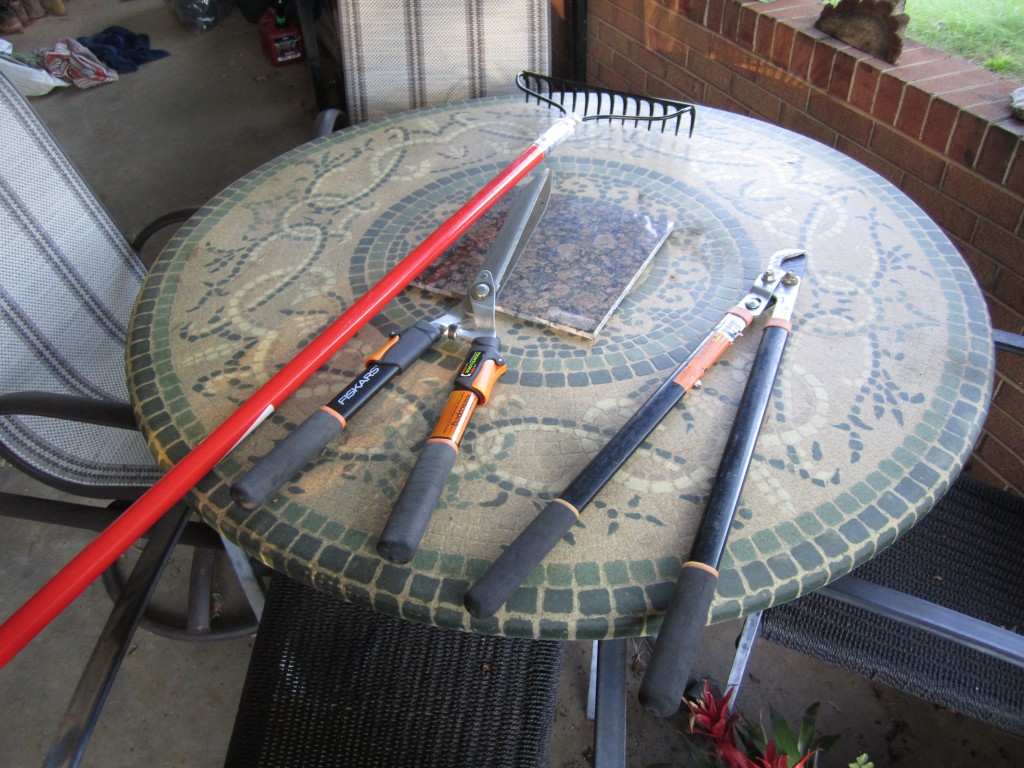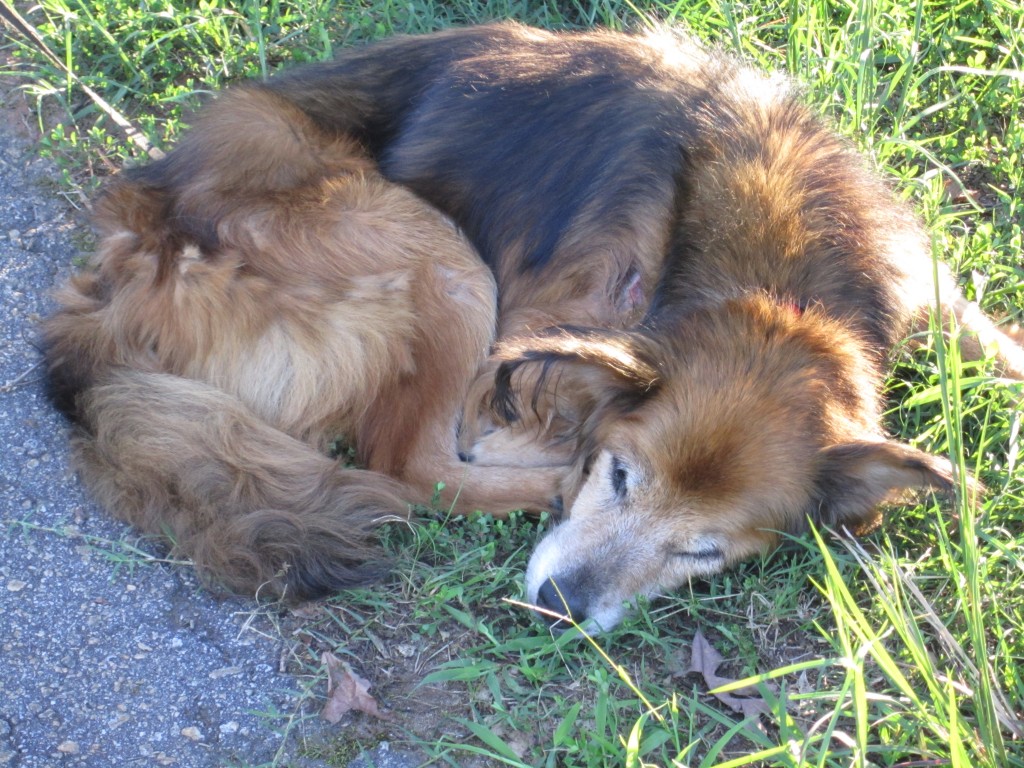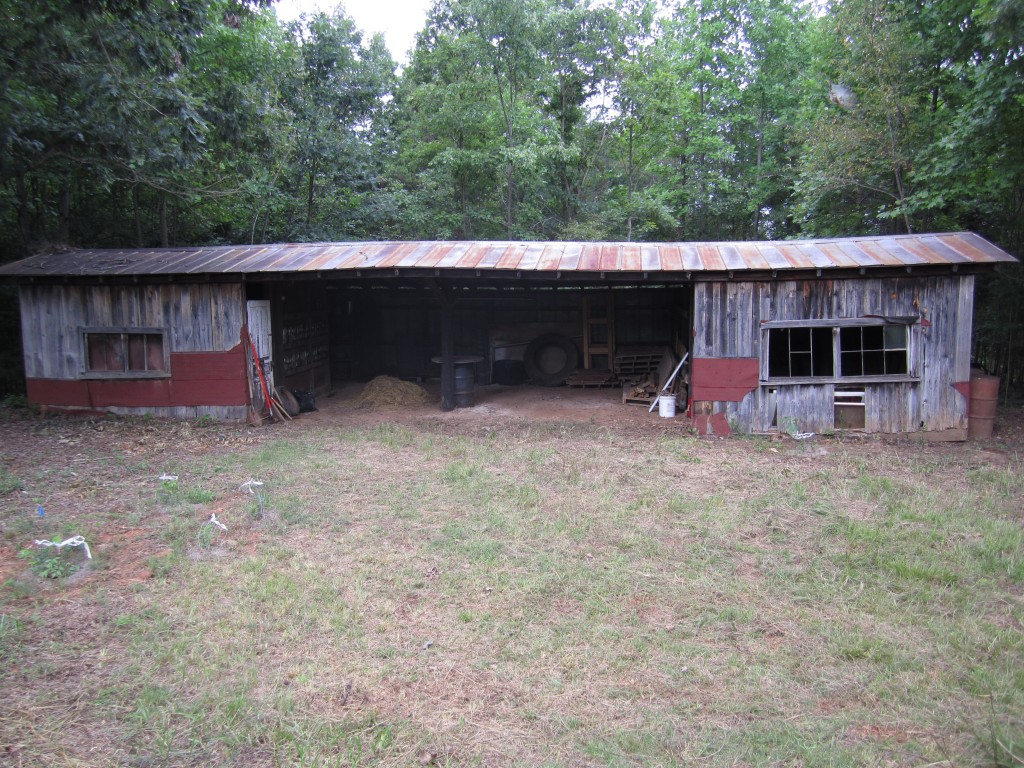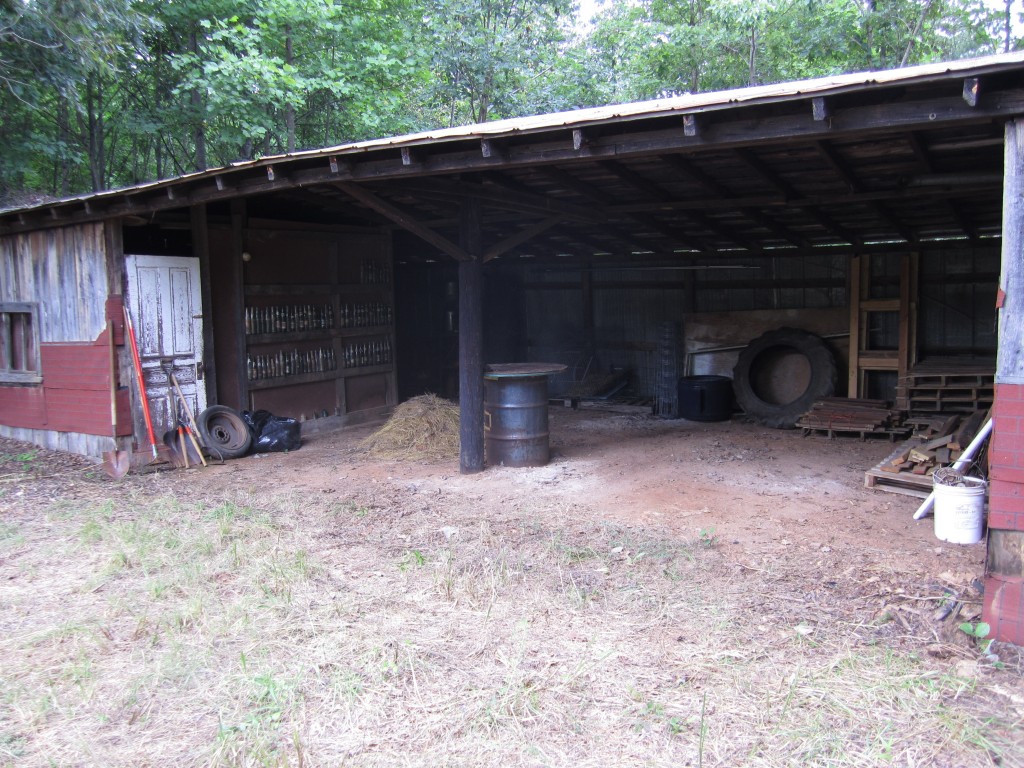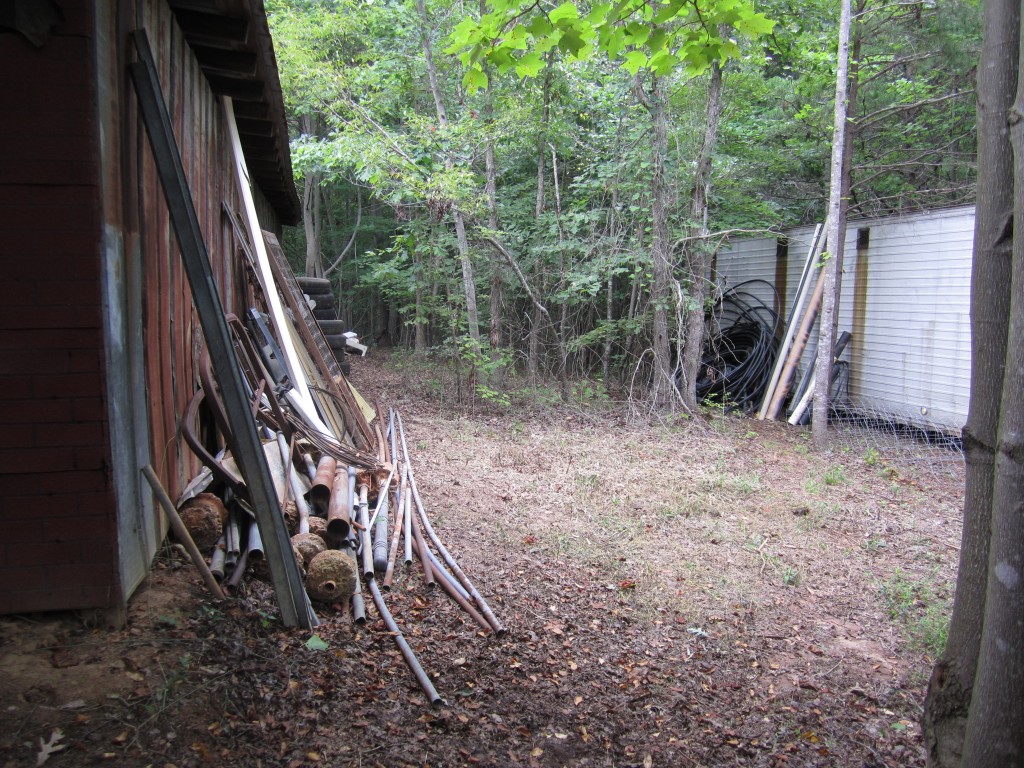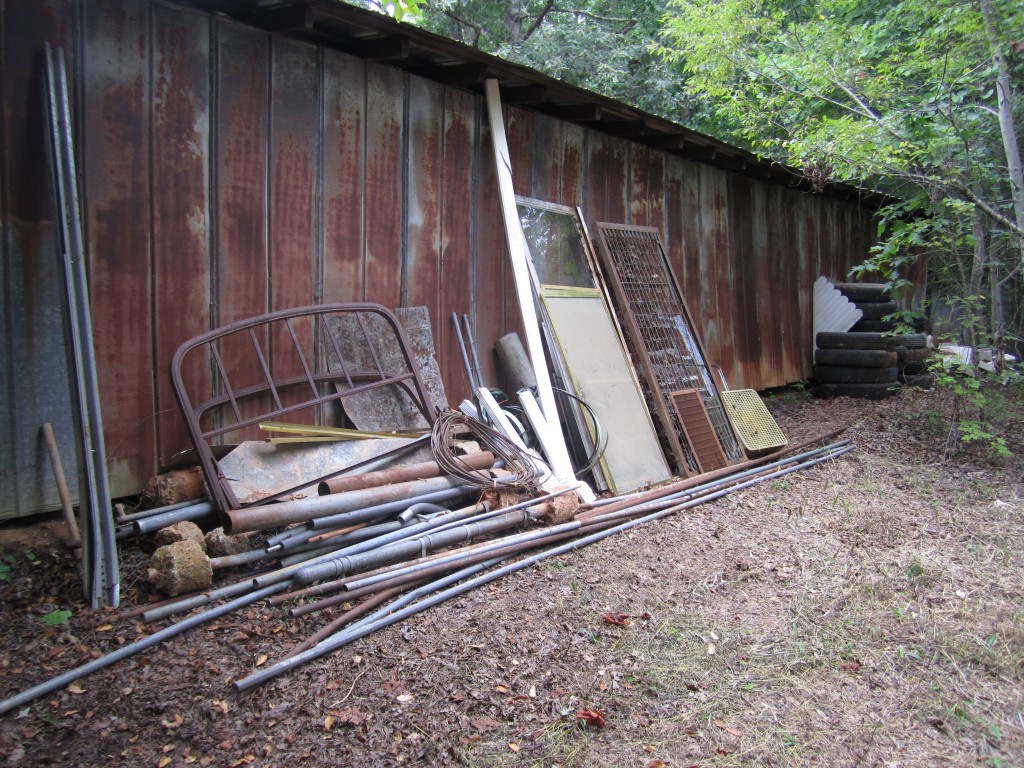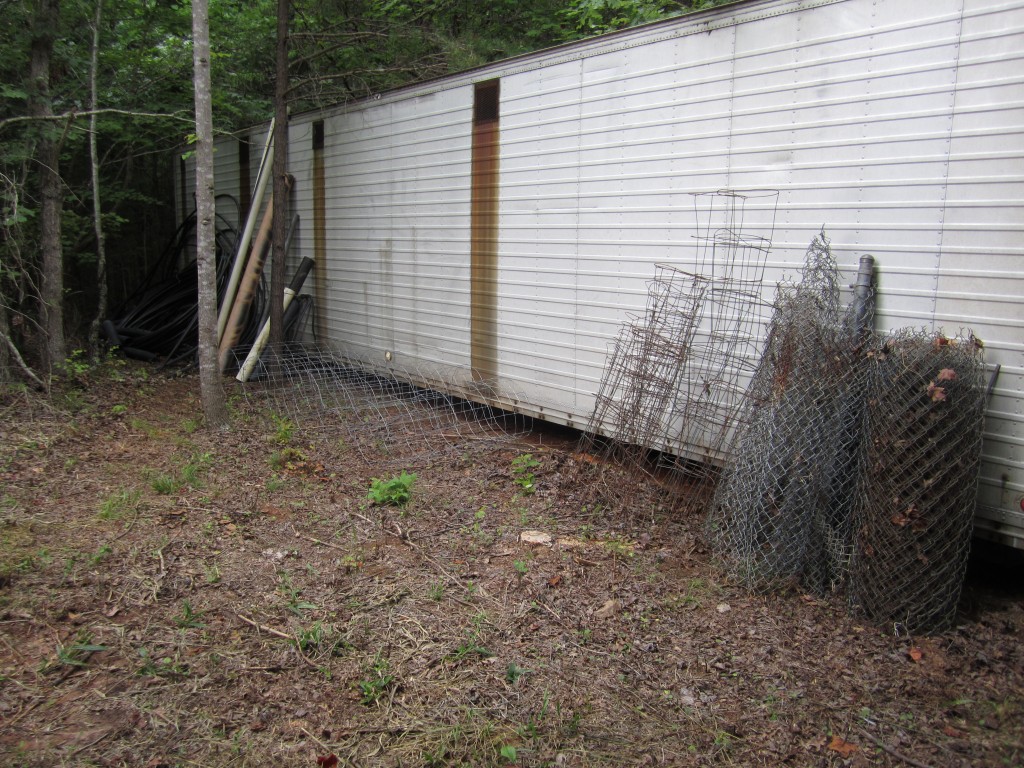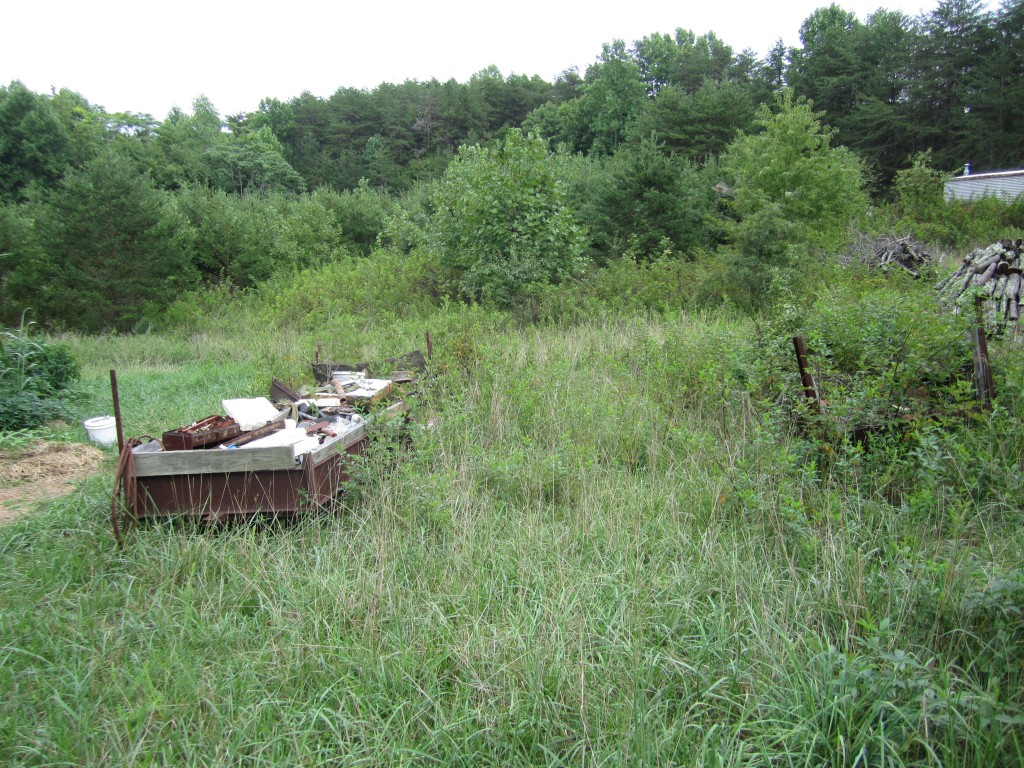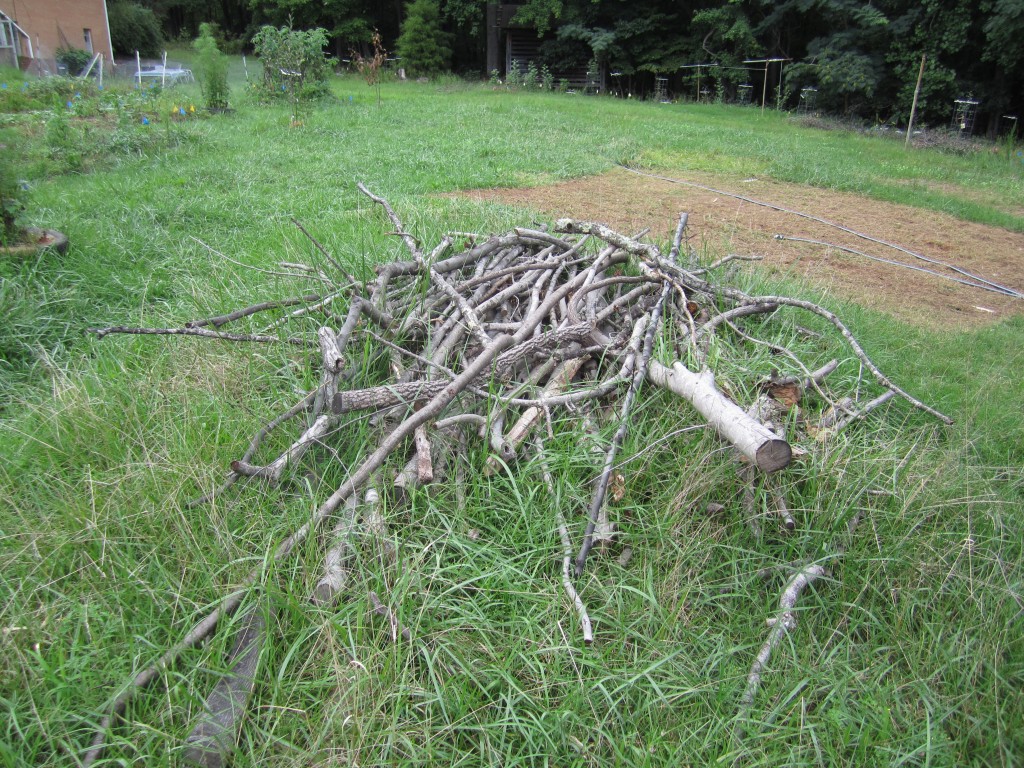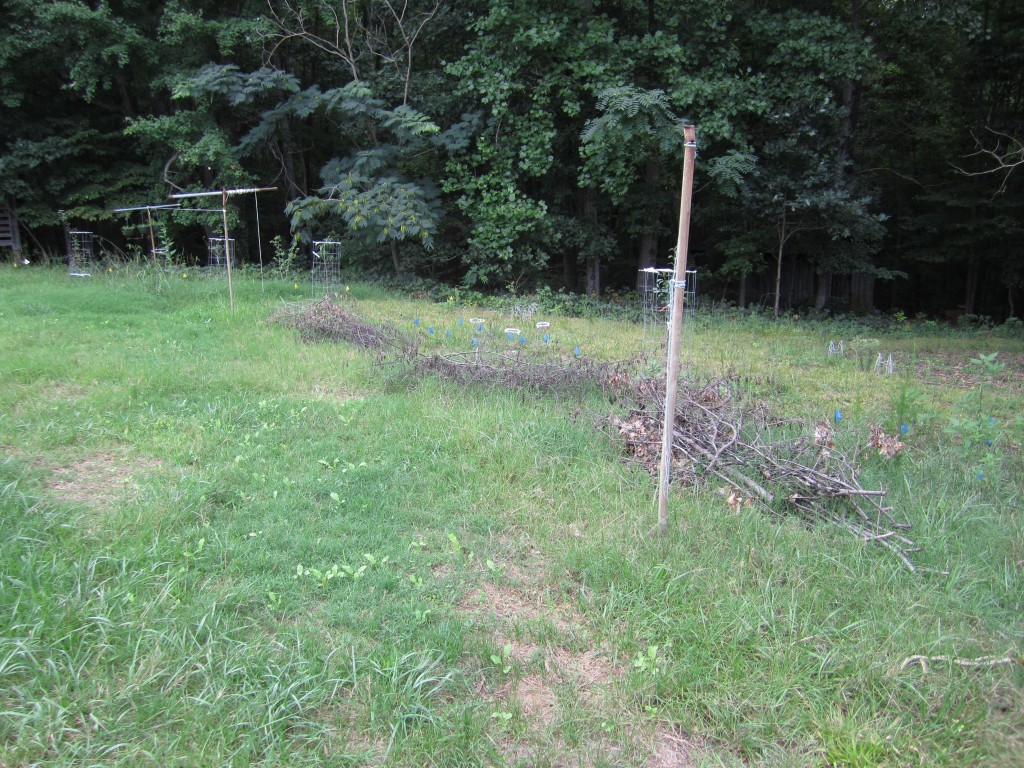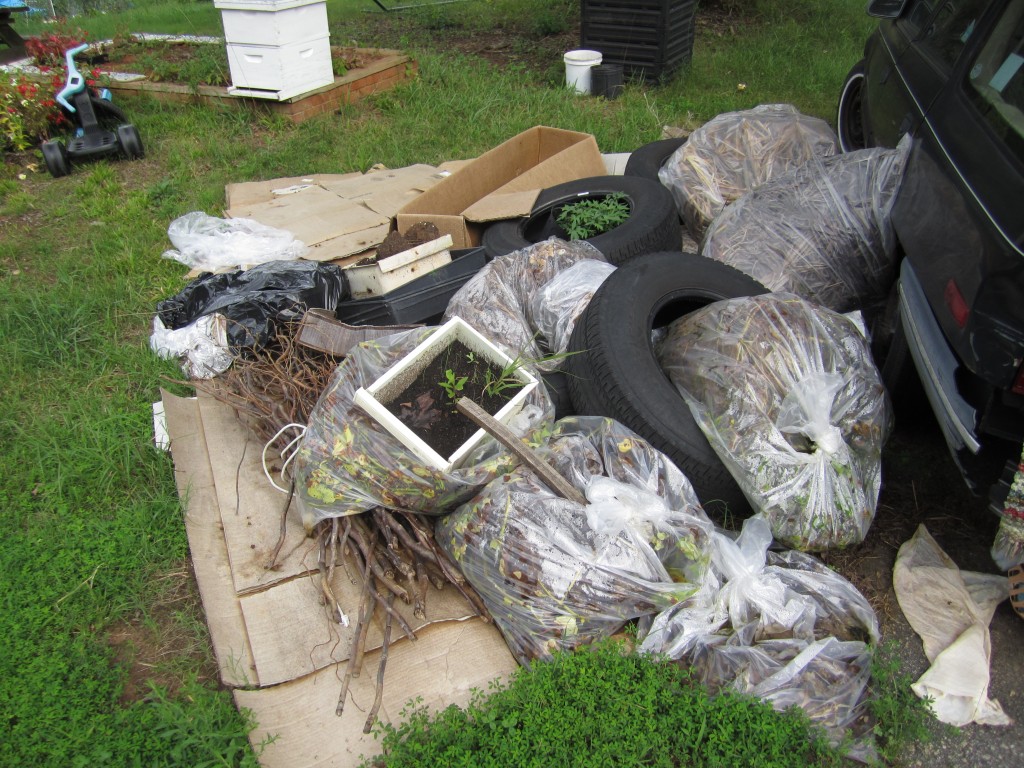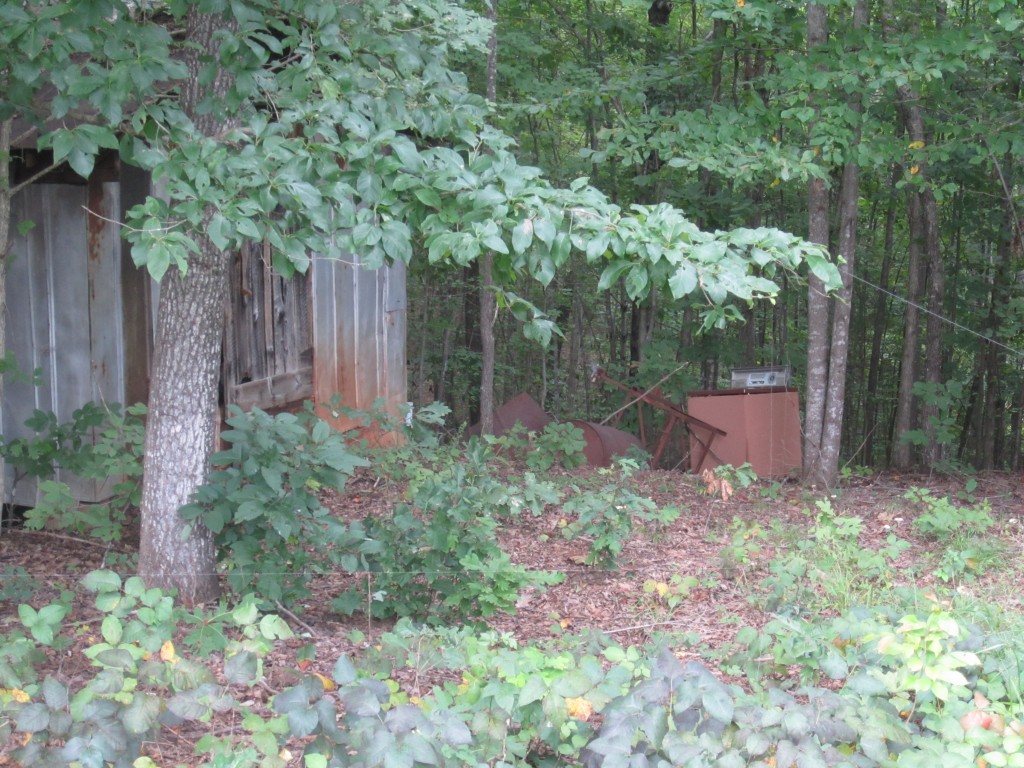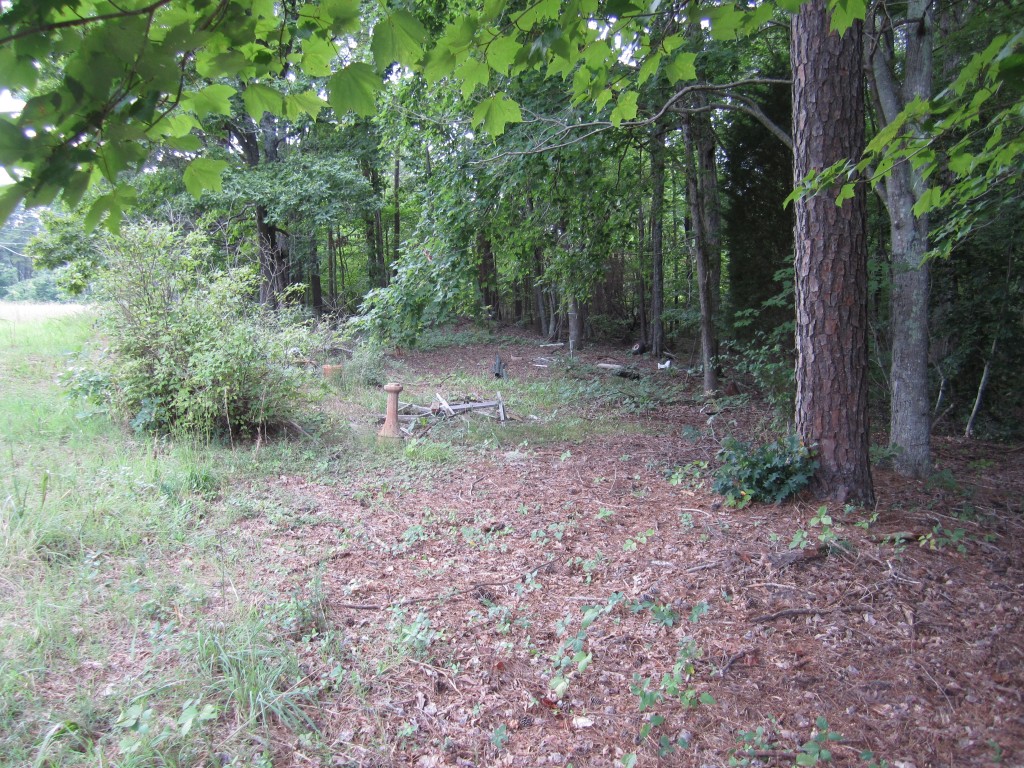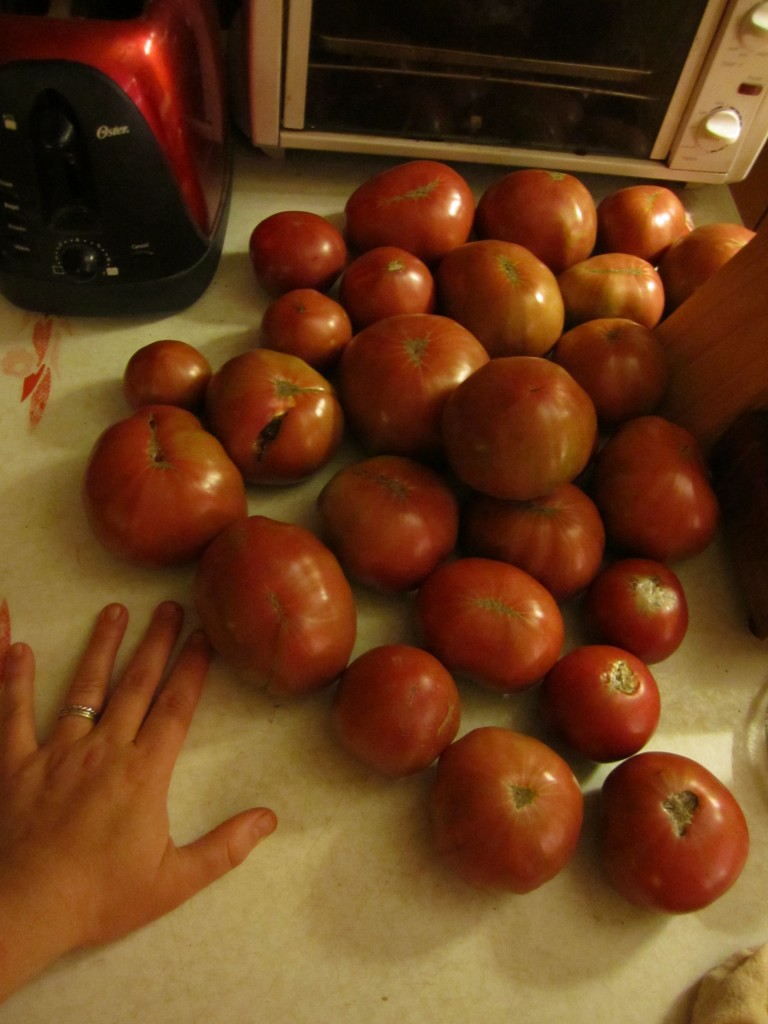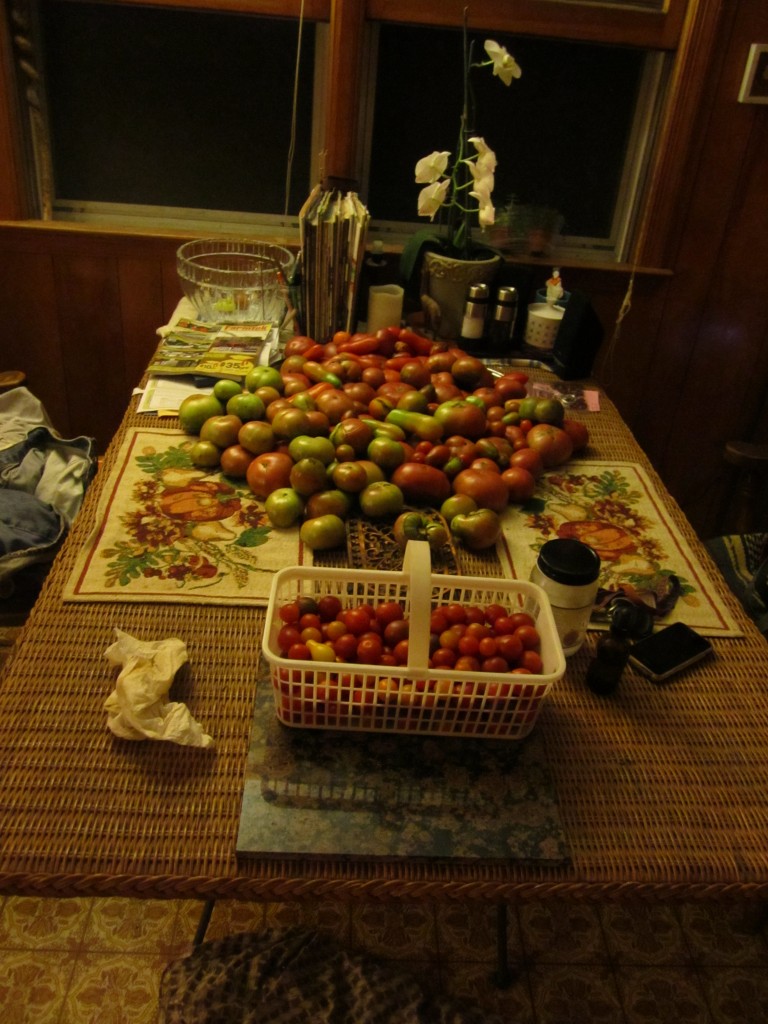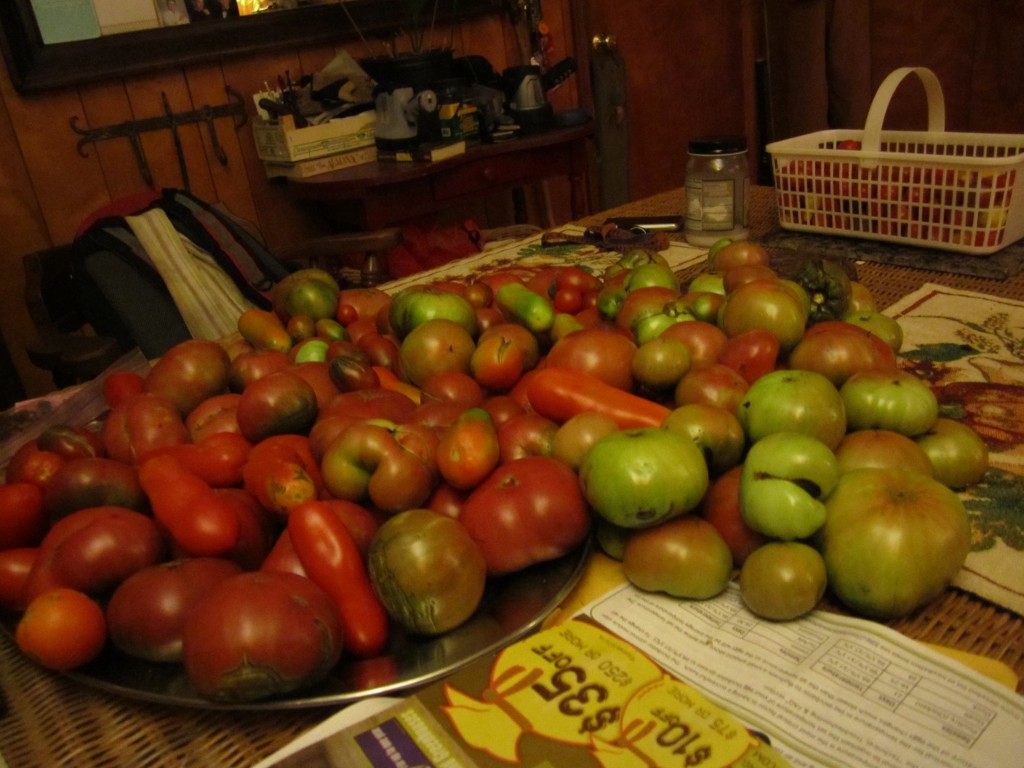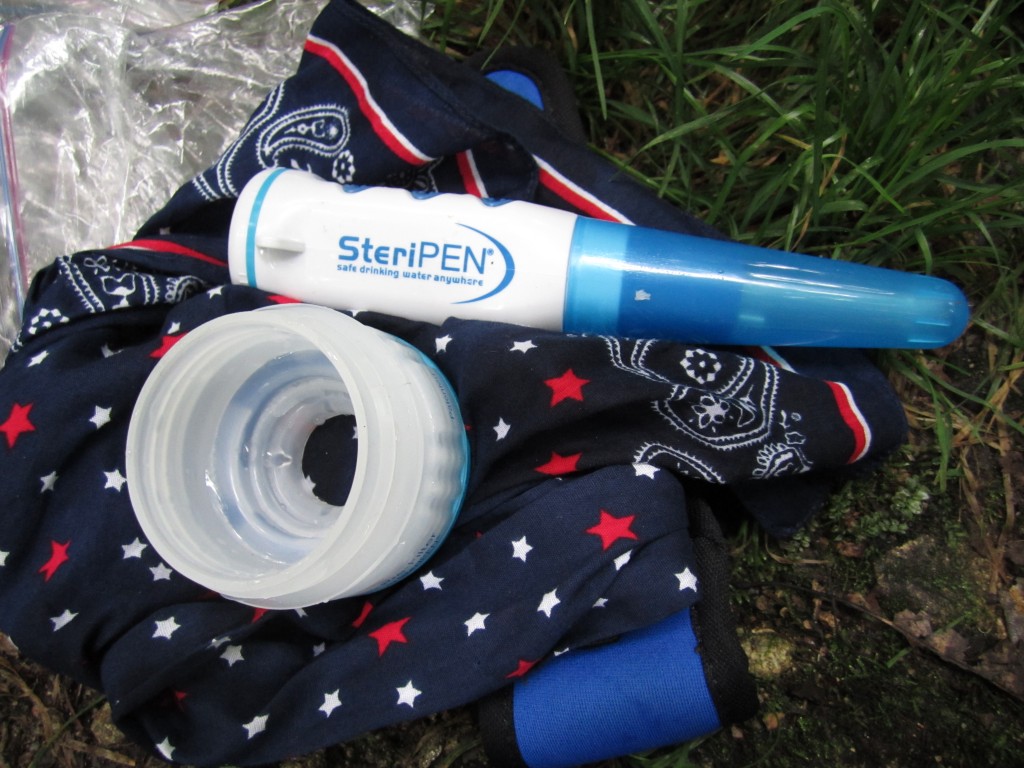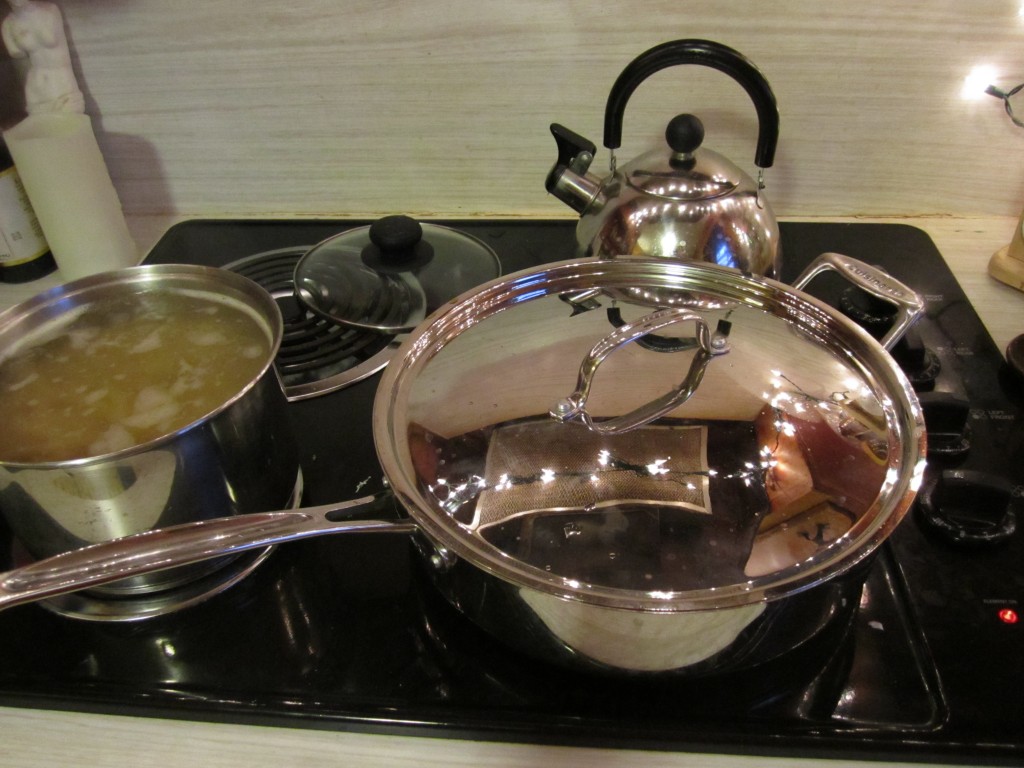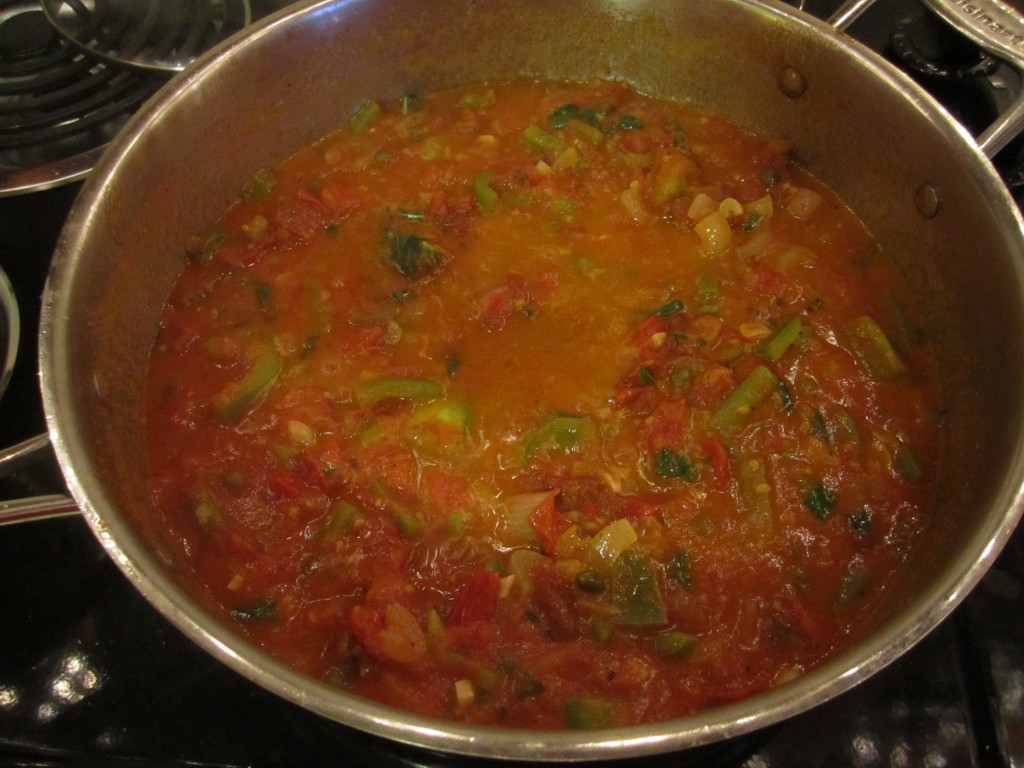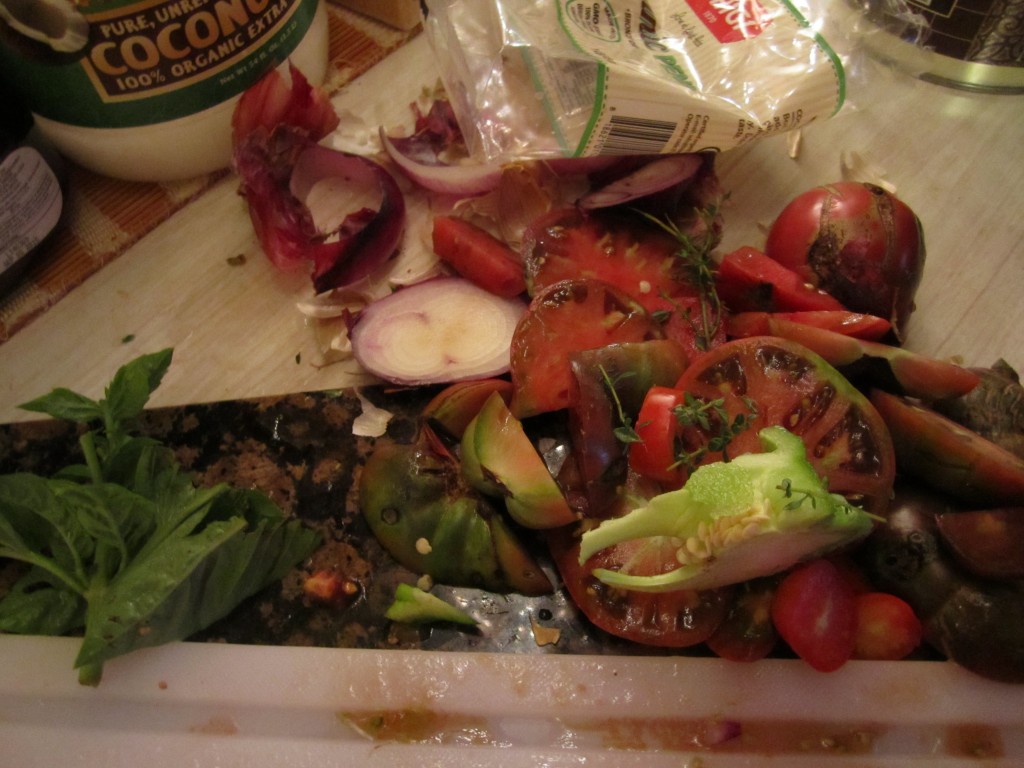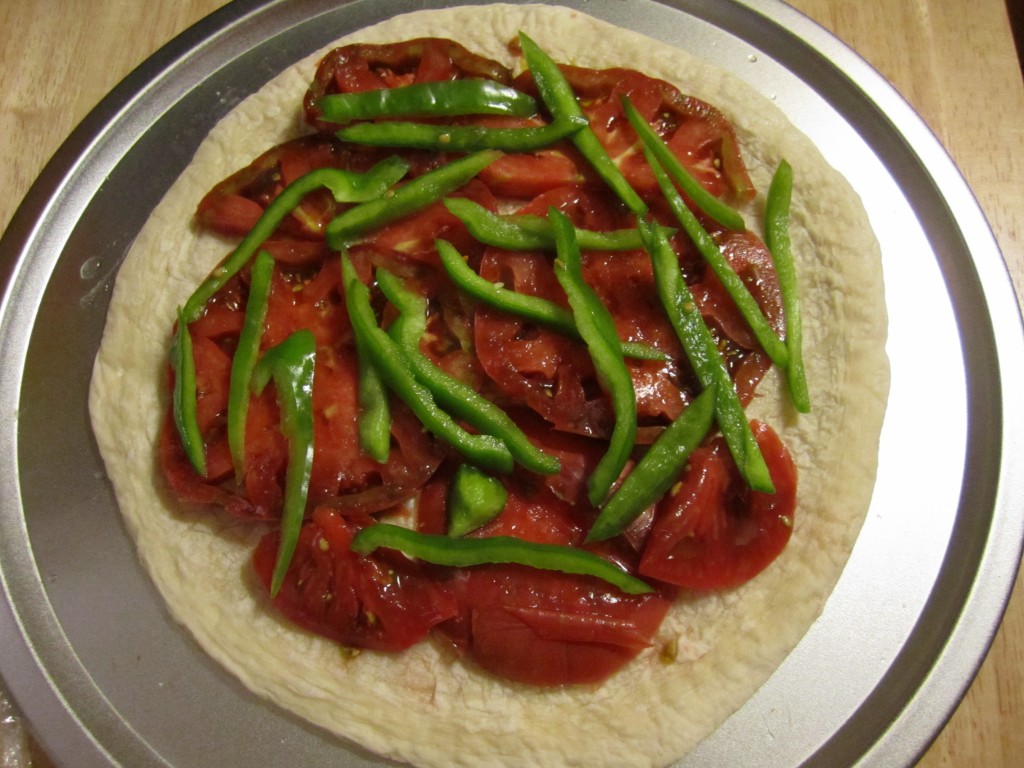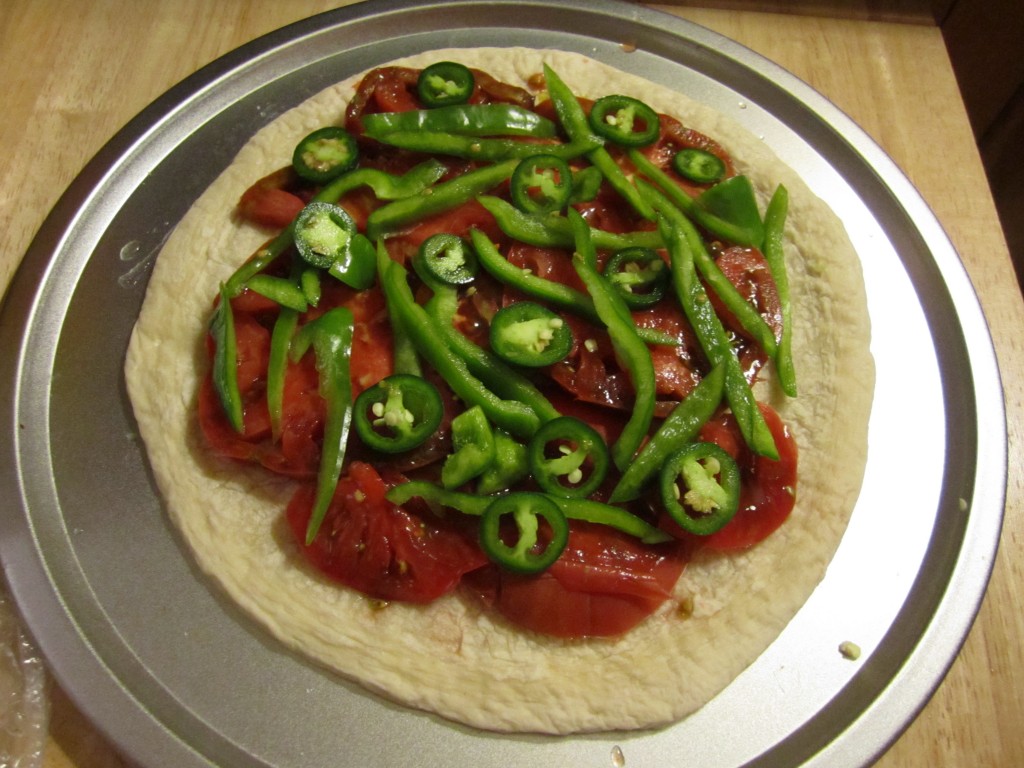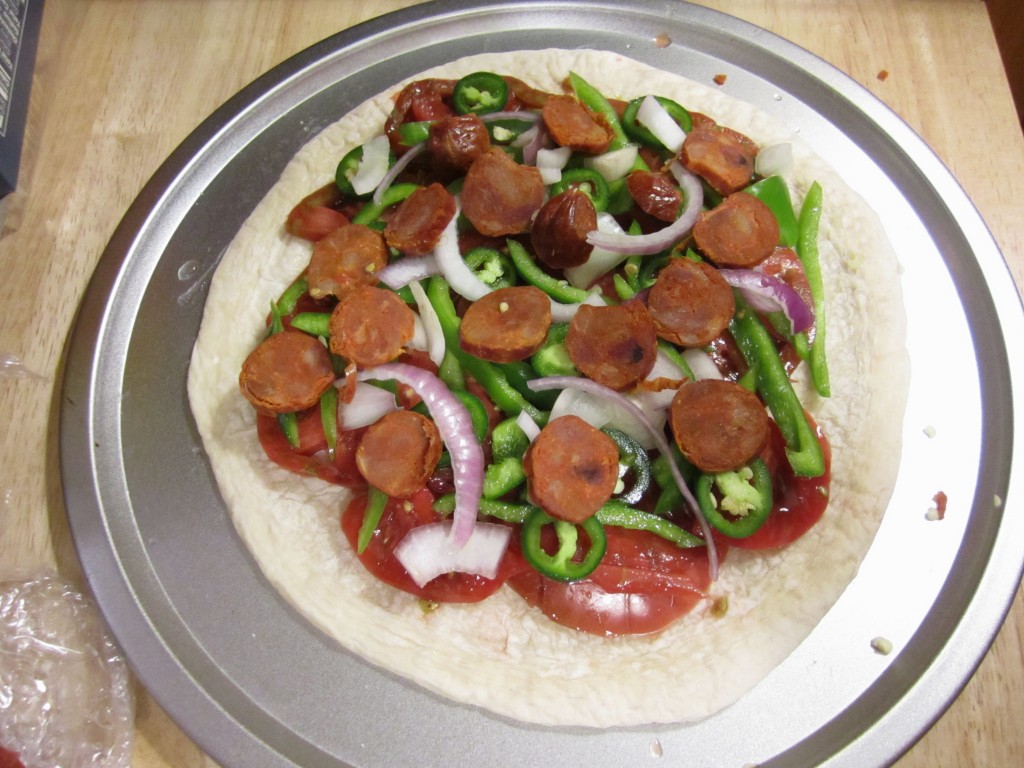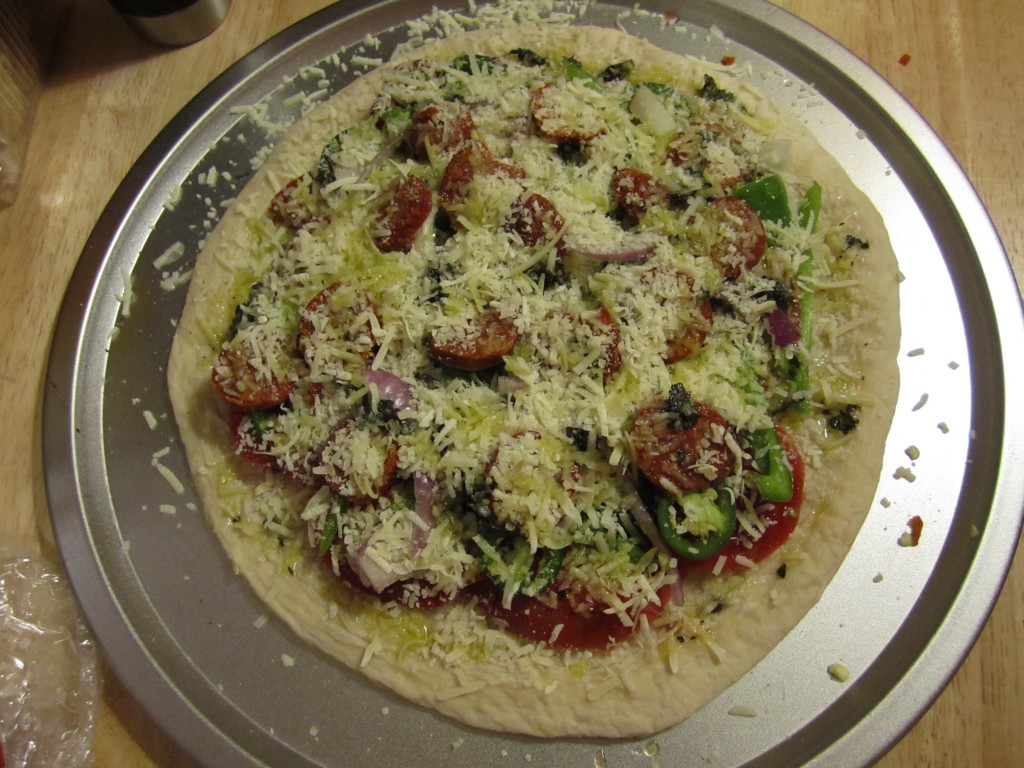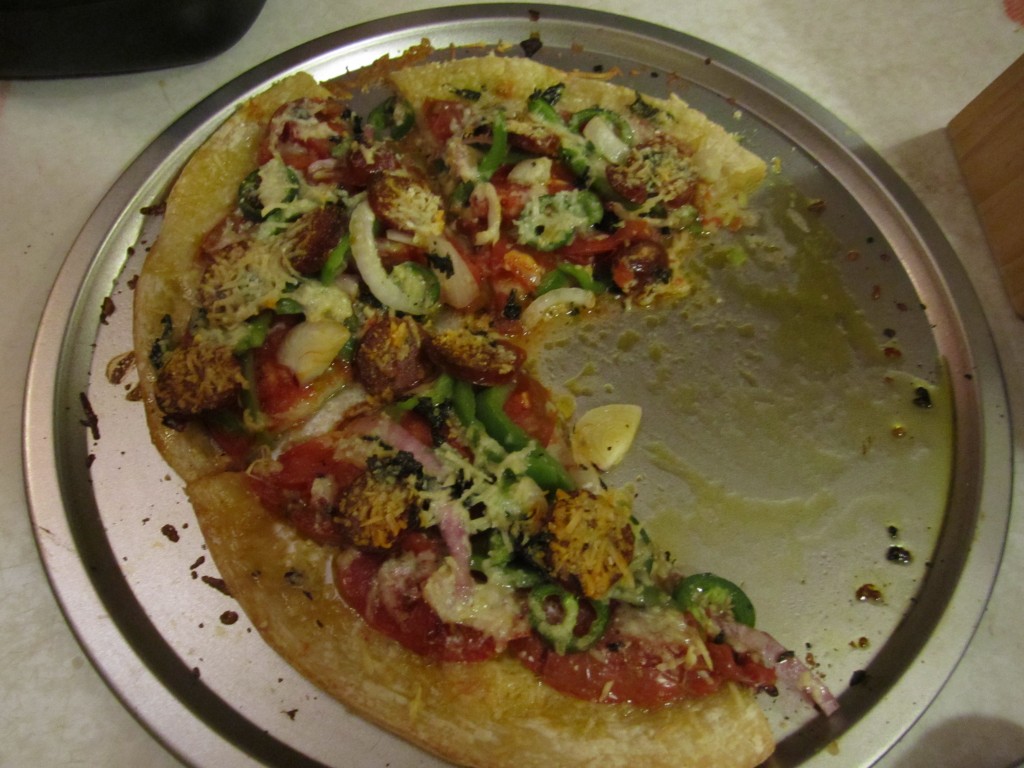Everyone has seen the bins, cans, and rolling carts out on trash night that hold millions of peoples recyclable plastics, glass, and paper products. But what about that stuff that your recycling center or municipality won’t take? That old vacuum cleaner, desktop PC, or dryer that quit working and was replaced. Most people take these items to the dump, where they sit in landfills slowly leaching out pollution into our streams and groundwater. However, these products are recyclable too.
The metals can be melted down, or reused for other purposes. This is both more economical and more environmentally friendly than constantly mining metal and ore from the earth. The wiring, motors, and other electrical components often contain copper, a valuable metal with hundreds of industrial uses. Copper is also present in your old Christmas lights, so don’t send them to dump, find someone who recycles them.
Other little thought of recyclable products include:
- washing machines
- furnaces and AC units
- scooters, bikes, and cars
- extension cords
- refrigerators
- keyboards, mice, and speakers
- rims for tires
- old pipes and pumps
- scrap metal
- anything with metal, a motor, or a cord
All of these can be broken down into their base components, and either recycled or reused. This is a million times better than sitting in a landfill for decades. Many people specialize in recycling metal, commonly called scrapping, and they often take old appliances and large items for free. So next time you have a large item that you no longer want, before you send it to the dump, call someone to recycle it. It’s better for everyone.
Remember, if you are in the Greensboro/Triad, and have something you need recycled send an email to jason at ourochreway.com

